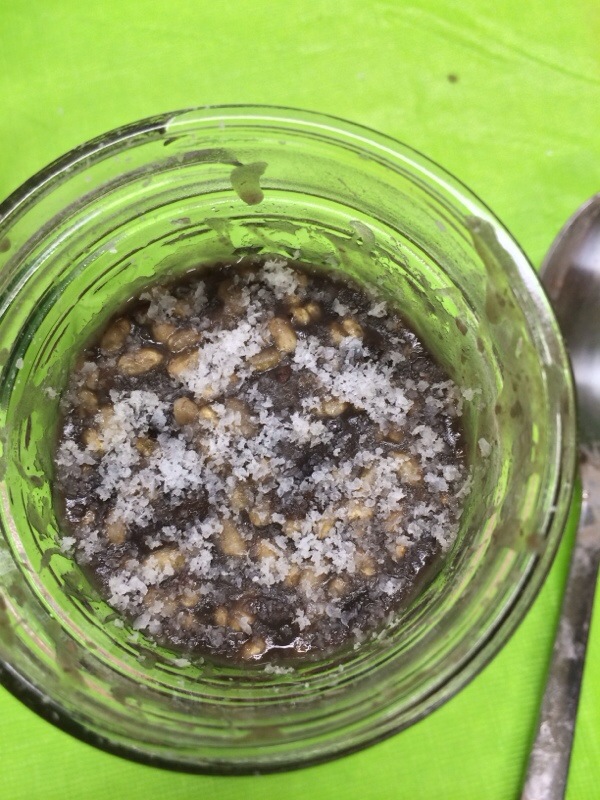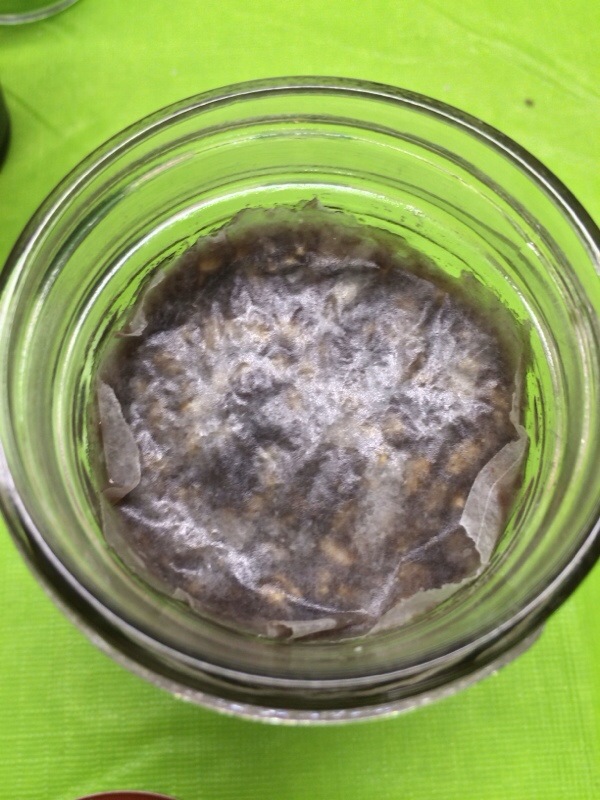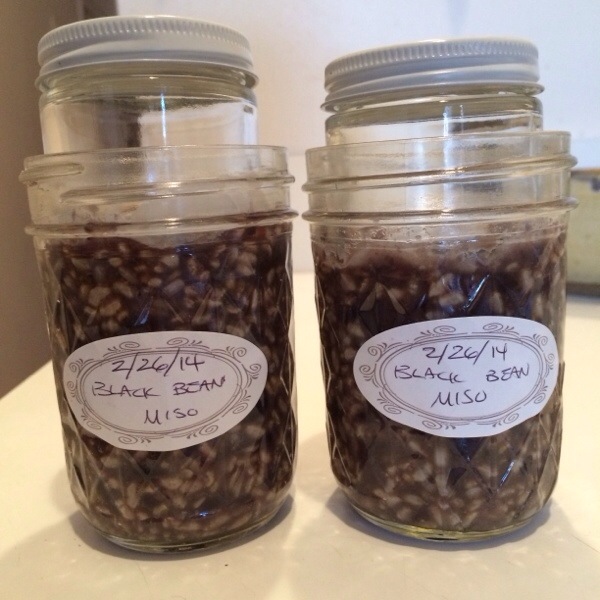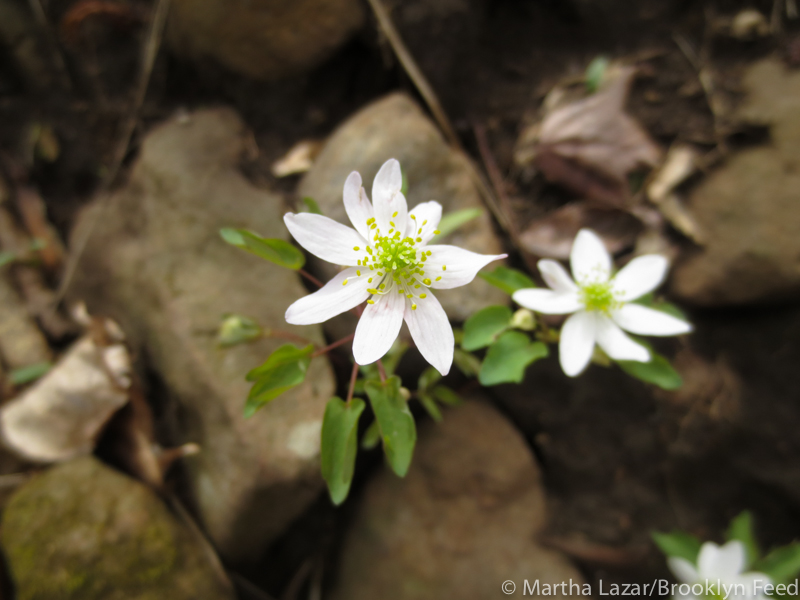 This past weekend Neil and I went out with the NYMS for a morel hunt. The spot is about an hour and change outside of the city. You have to be a member to get directions to this spot!
This past weekend Neil and I went out with the NYMS for a morel hunt. The spot is about an hour and change outside of the city. You have to be a member to get directions to this spot!
There wasn’t a morel in sight. It seems as though this hard winter we’ve had has pushed the morel season back a couple of weeks. Not wanting to go home empty handed, I collected a big bag of garlic mustard and some japanese knotweed.
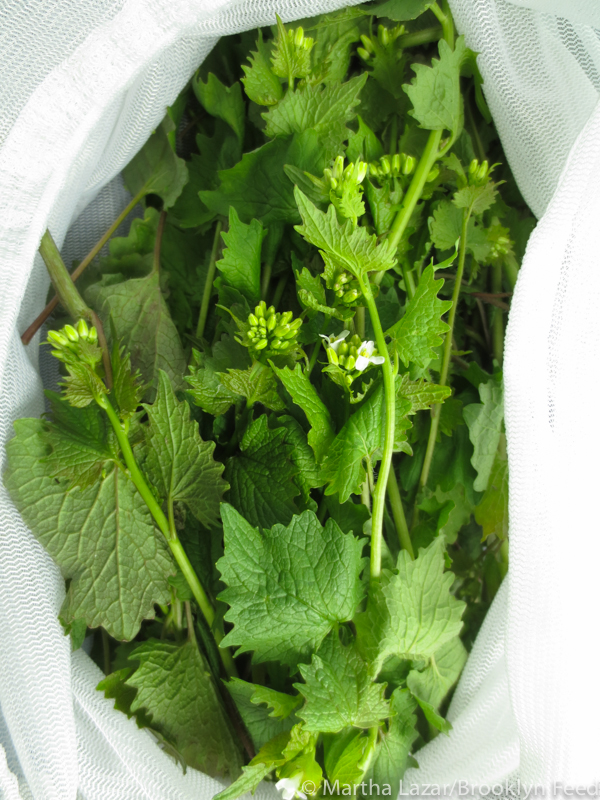
Garlic mustard is a terrible invasive plant, so you are doing everyone a favor by picking as much of it as you can. Forager’s etiquette (not over harvesting native plants) does NOT apply in this case. Garlic mustard leaves are at their tender best before the plant blooms. As with all foraging, please consult a guidebook for identification of plants!
I wanted to make pesto with the greens and followed a recipe I found on a fellow forager’s site. Against my better judgment I used walnuts instead of pine nuts. The whole batch came out too bitter. Unfortunately I don’t think it’s usable.
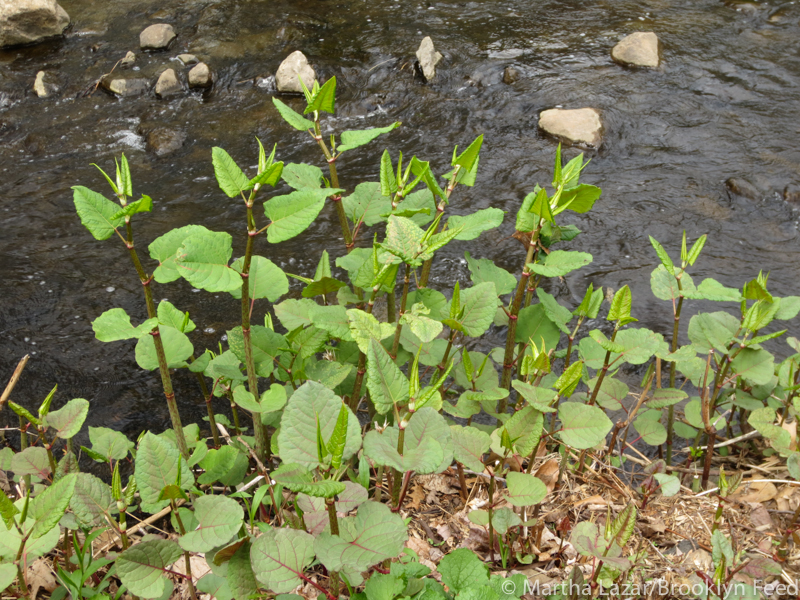 Japanese knotweed is good right now. It is also terribly invasive. Large bamboo-like stands grow up on the side of streams, roads and in disturbed areas.
Japanese knotweed is good right now. It is also terribly invasive. Large bamboo-like stands grow up on the side of streams, roads and in disturbed areas.
The shoots are quite tender at this time of year, so don’t require as much peeling as the older/larger stalks do. Knotweed can be substituted for rhubarb in recipes.
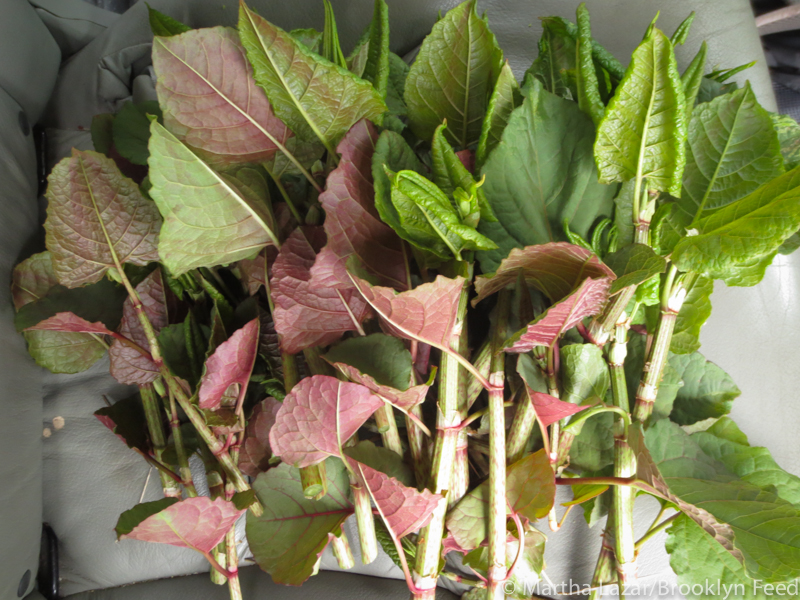 I decided to wait on making the japanese knotweed into anything as I read it freezes well. And because my pesto was such a stellar failure. I washed it carefully as it seems to attract large numbers of ants.
I decided to wait on making the japanese knotweed into anything as I read it freezes well. And because my pesto was such a stellar failure. I washed it carefully as it seems to attract large numbers of ants.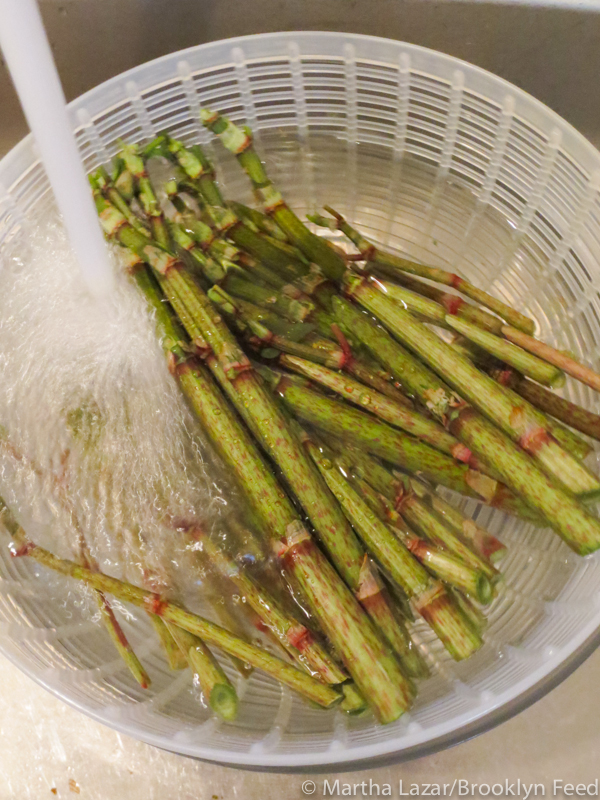
Strip off the leaves and chop into 1″ pieces. Then freeze.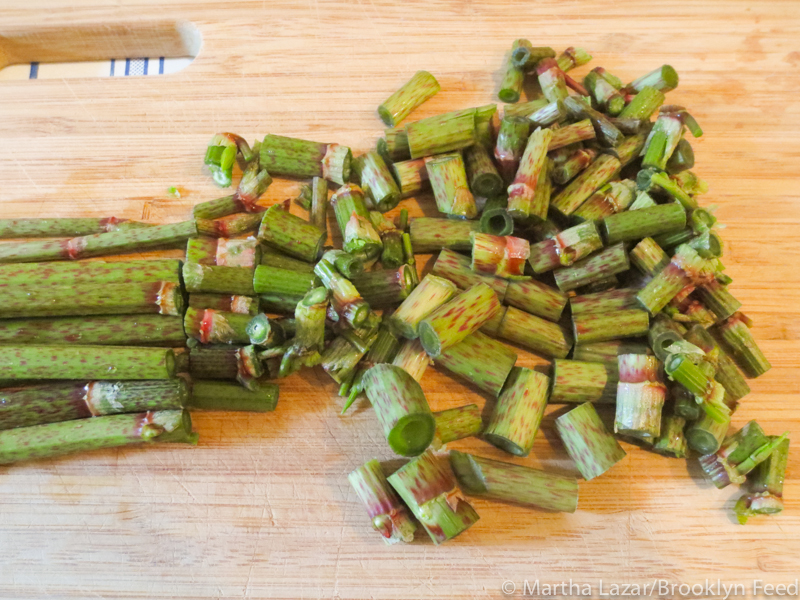
Although we didn’t find any mushrooms, there were still plenty of lovely natural things to look at. We saw crows chasing a great horned owl out of its tree. 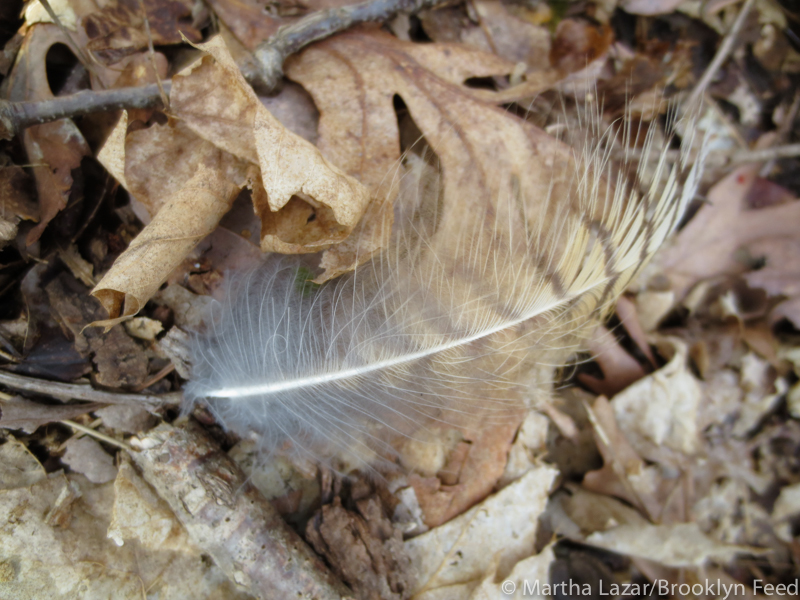
Beautiful spring ephemerals were blooming. 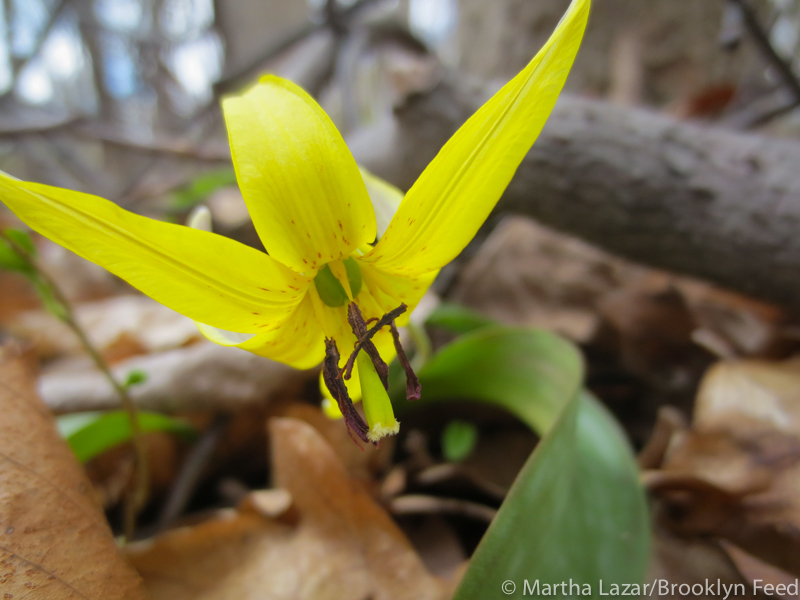

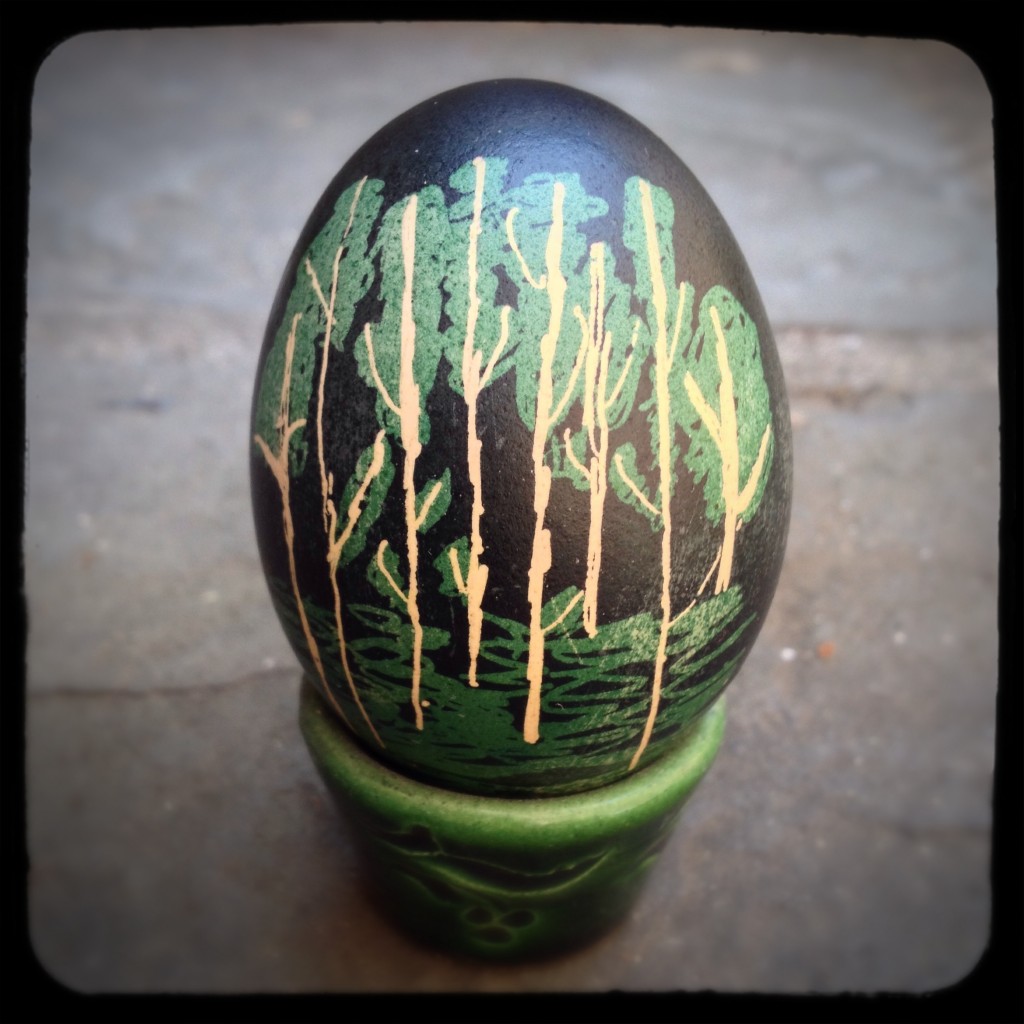
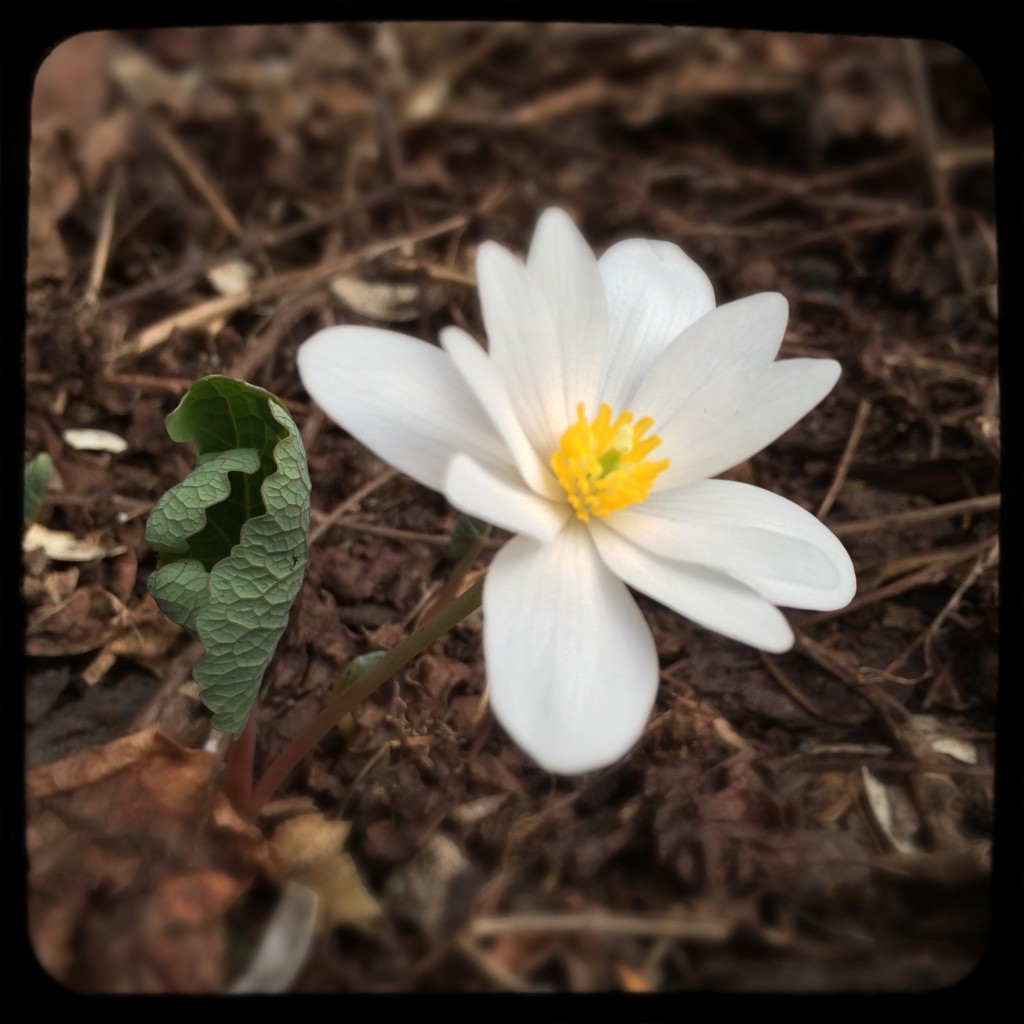

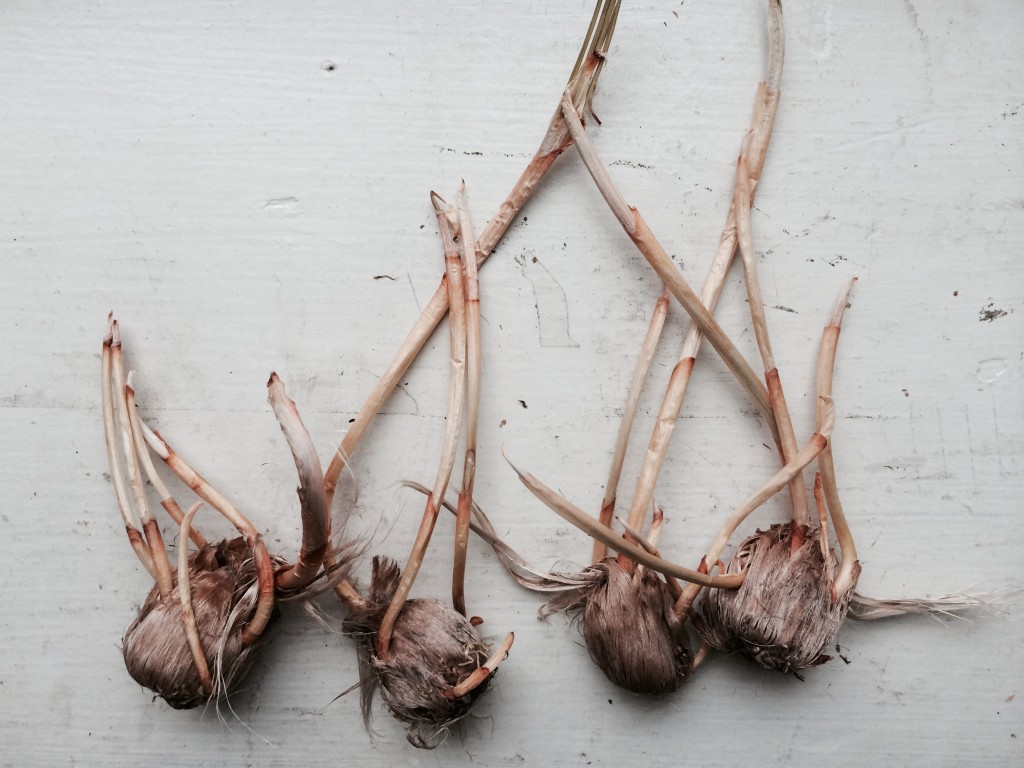
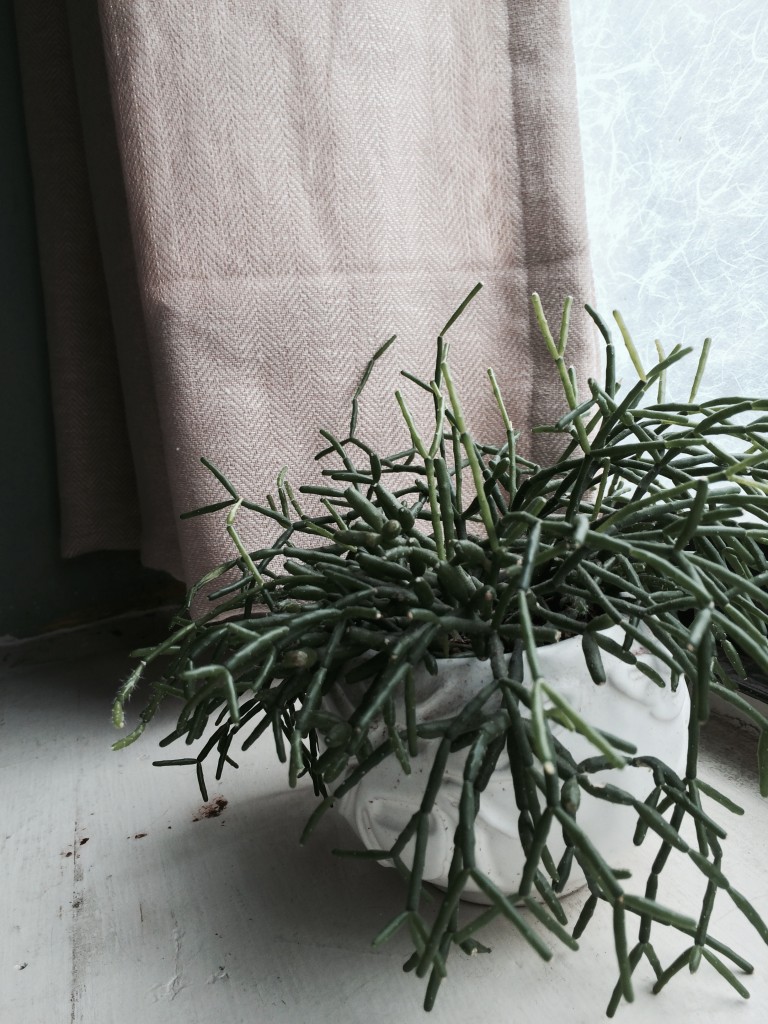
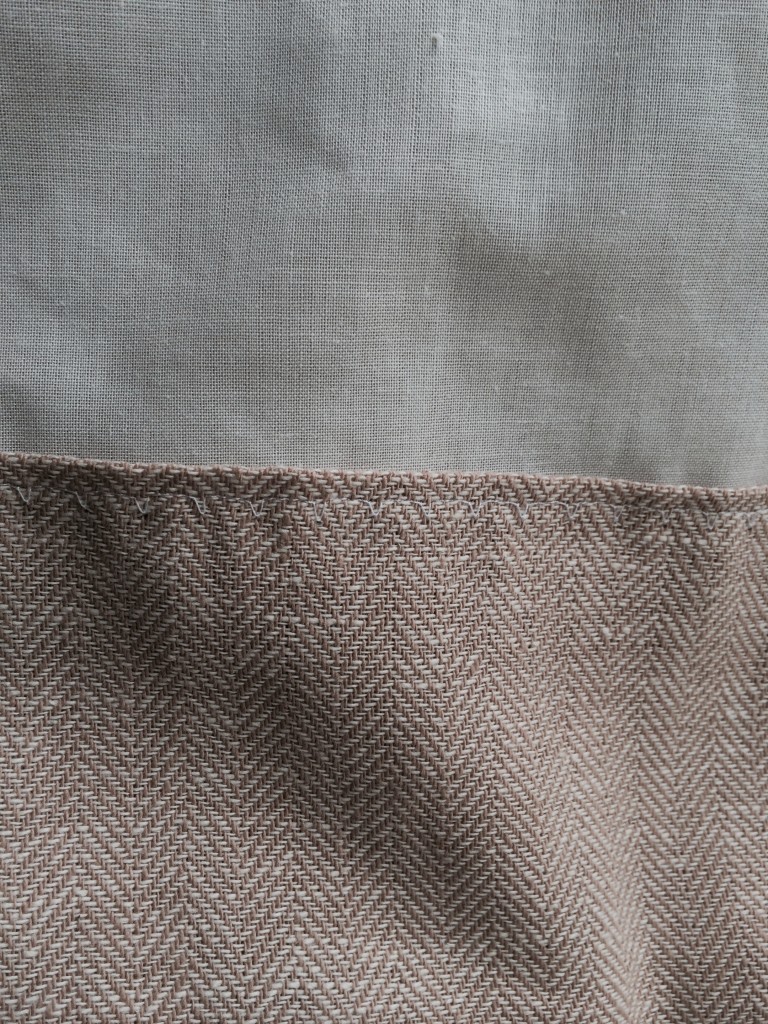
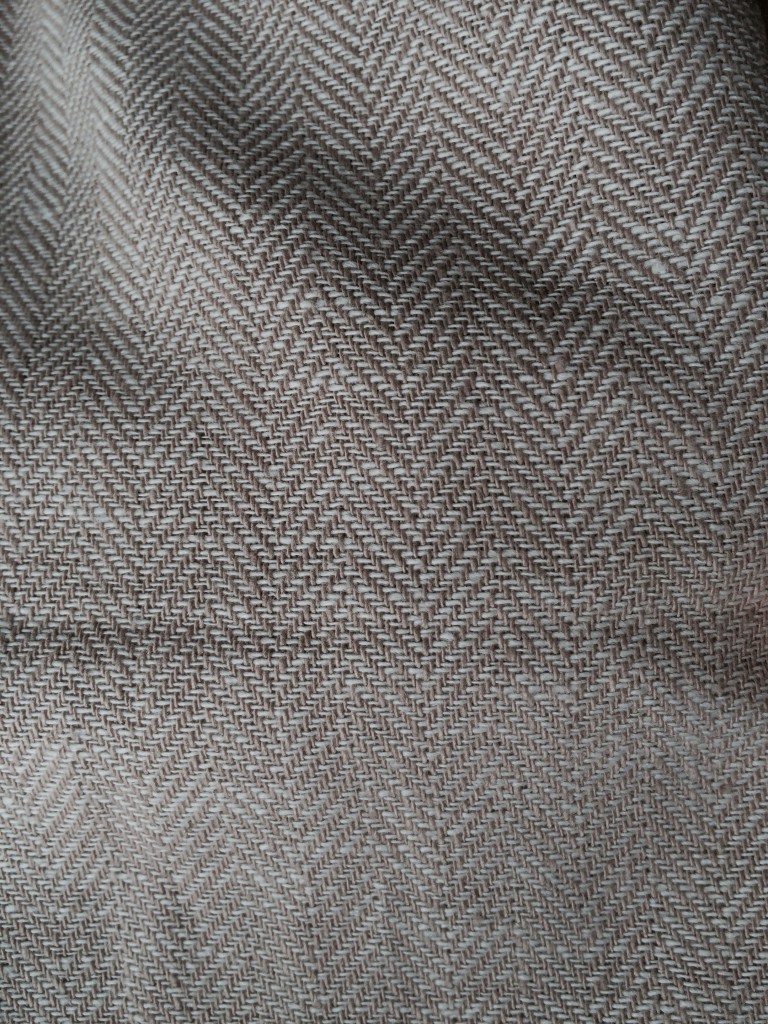
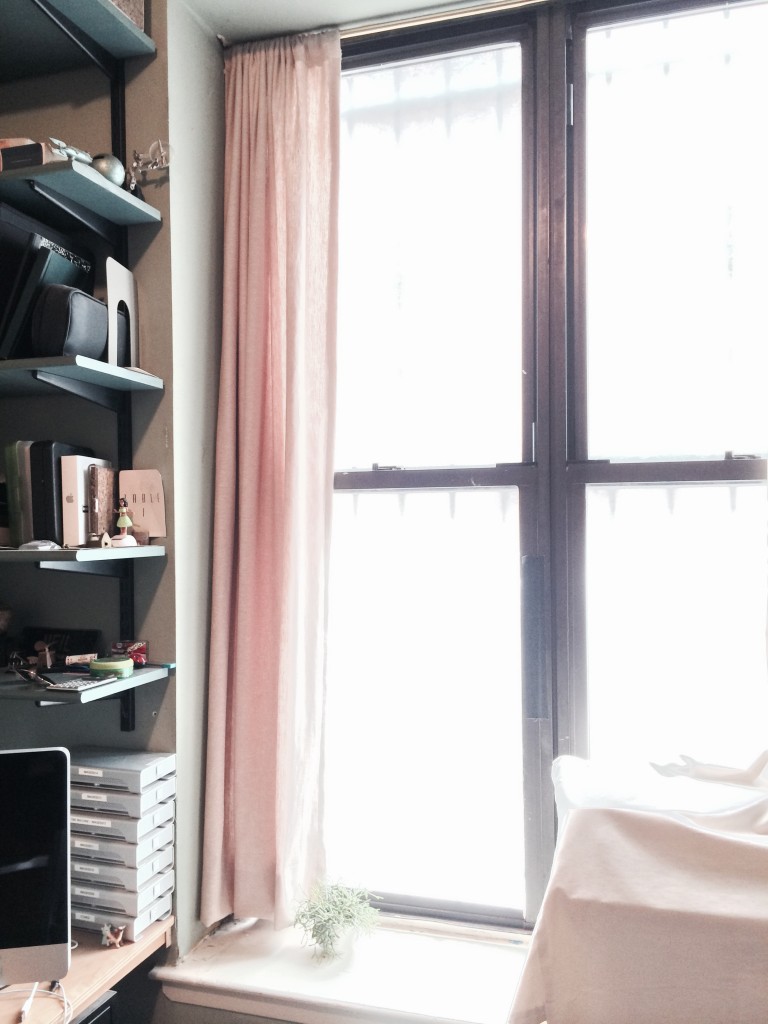
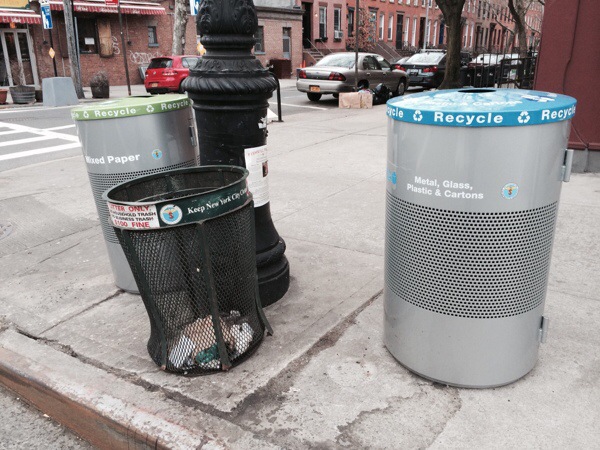
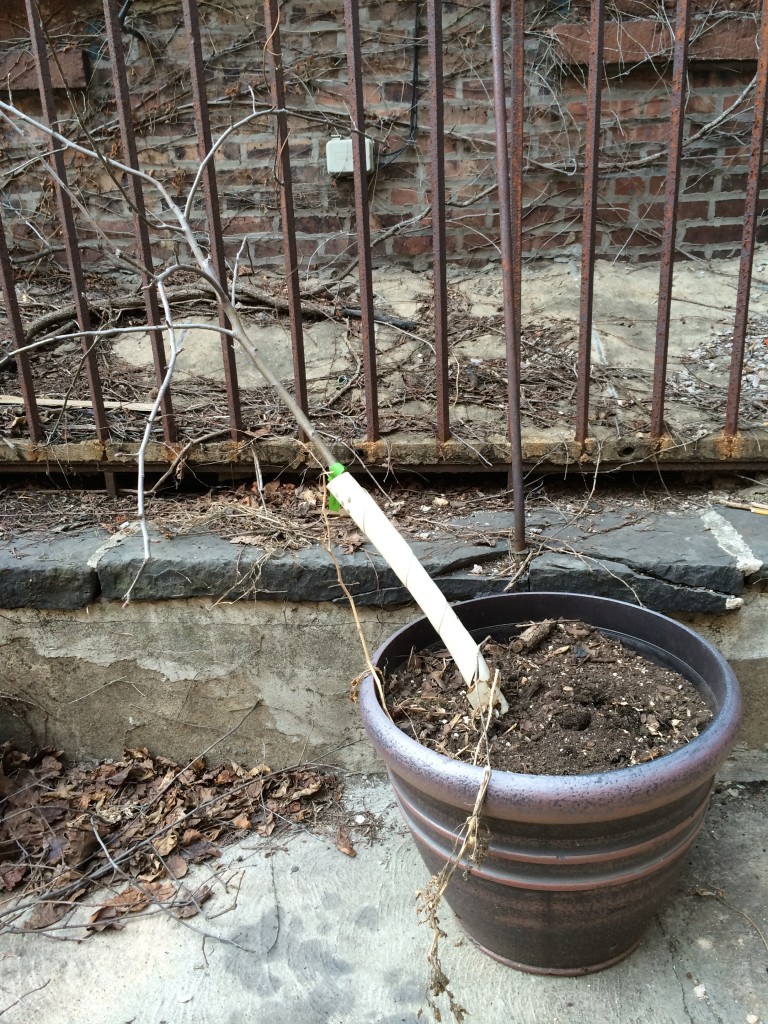
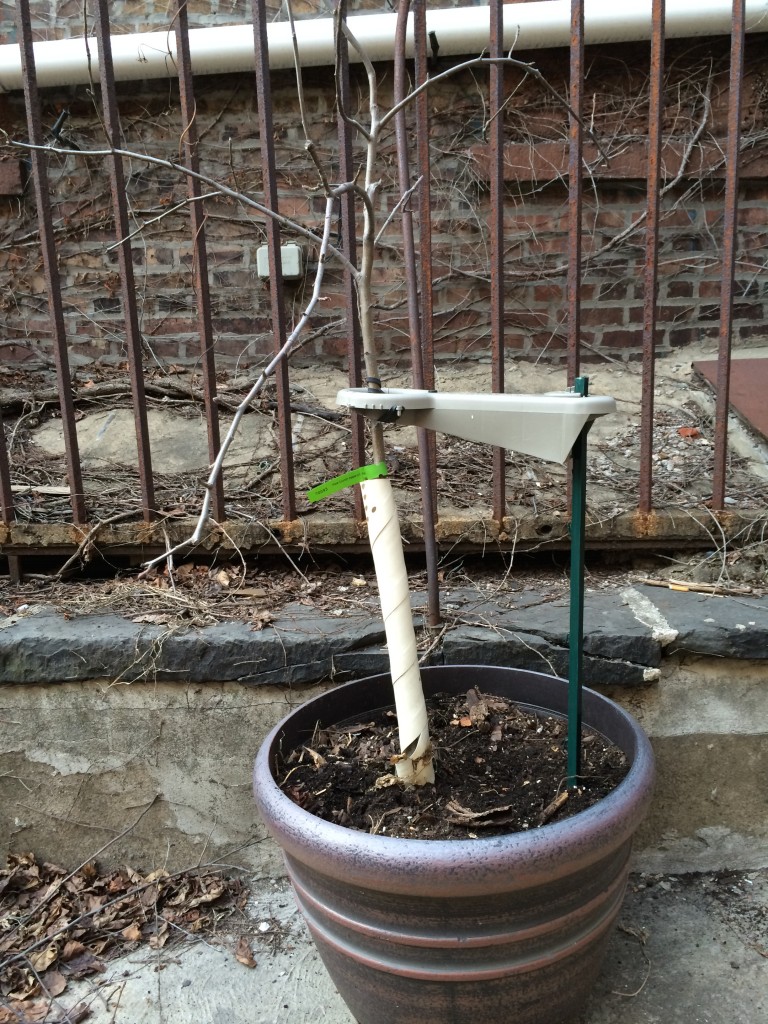
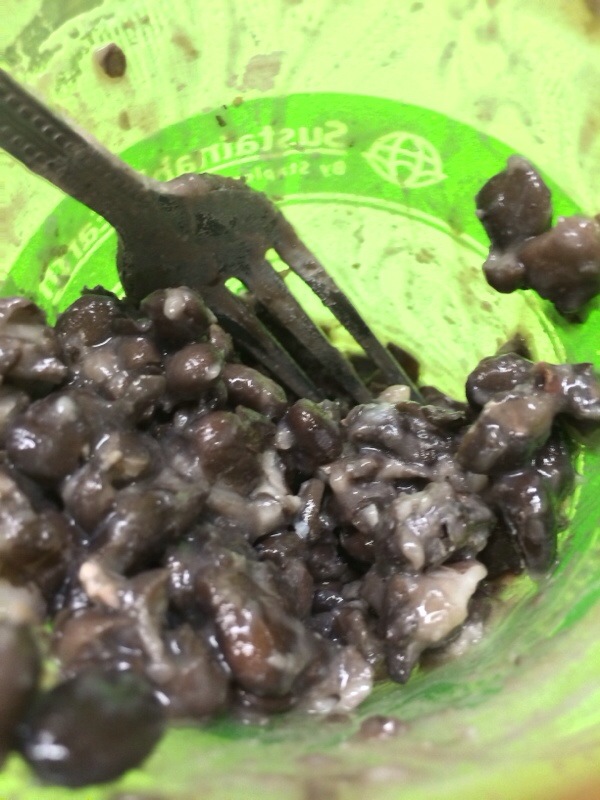
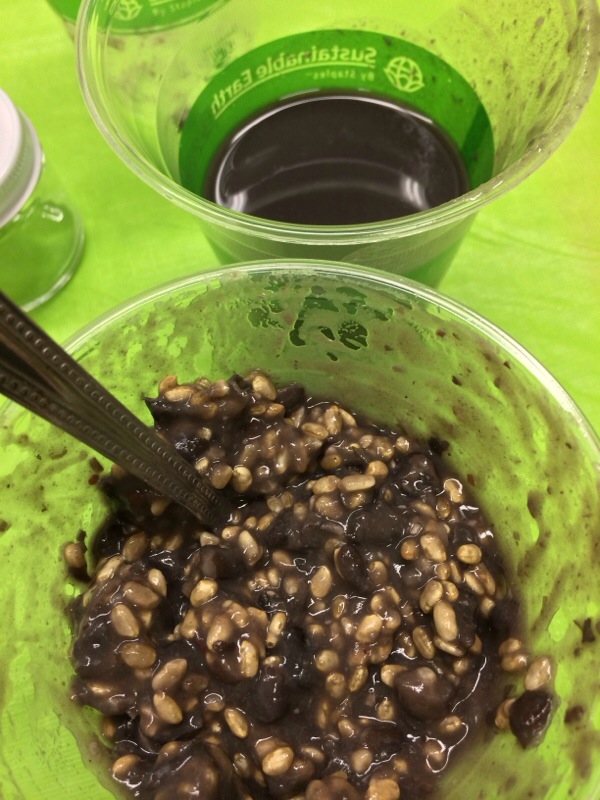 Mix salt into the cooking liquid. Add koji and mix. Then add this to the mashed beans and mix.
Mix salt into the cooking liquid. Add koji and mix. Then add this to the mashed beans and mix.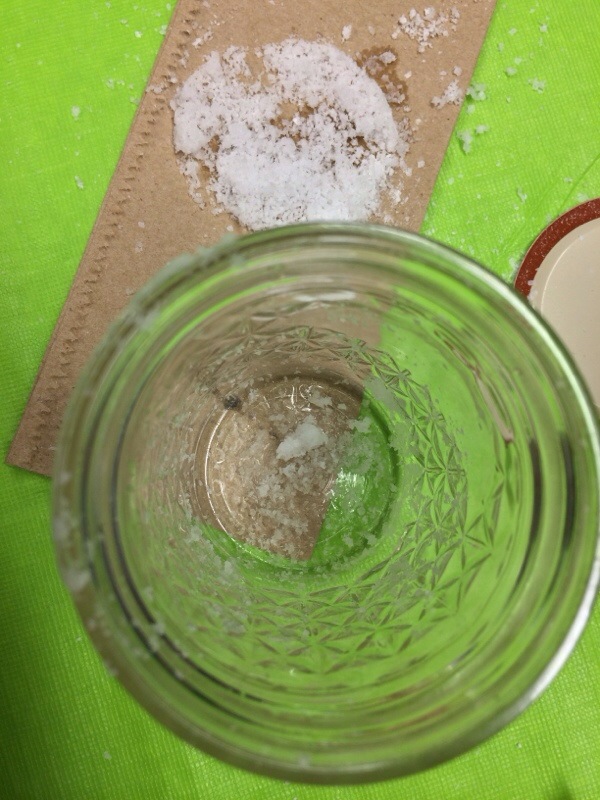 Take a sterilized jar and mist some water on the bottom and sides. Then sprinkle with salt to cover the insides. This was difficult, but try to have a thin coating of salt in the way you would flour a baking pan.
Take a sterilized jar and mist some water on the bottom and sides. Then sprinkle with salt to cover the insides. This was difficult, but try to have a thin coating of salt in the way you would flour a baking pan.